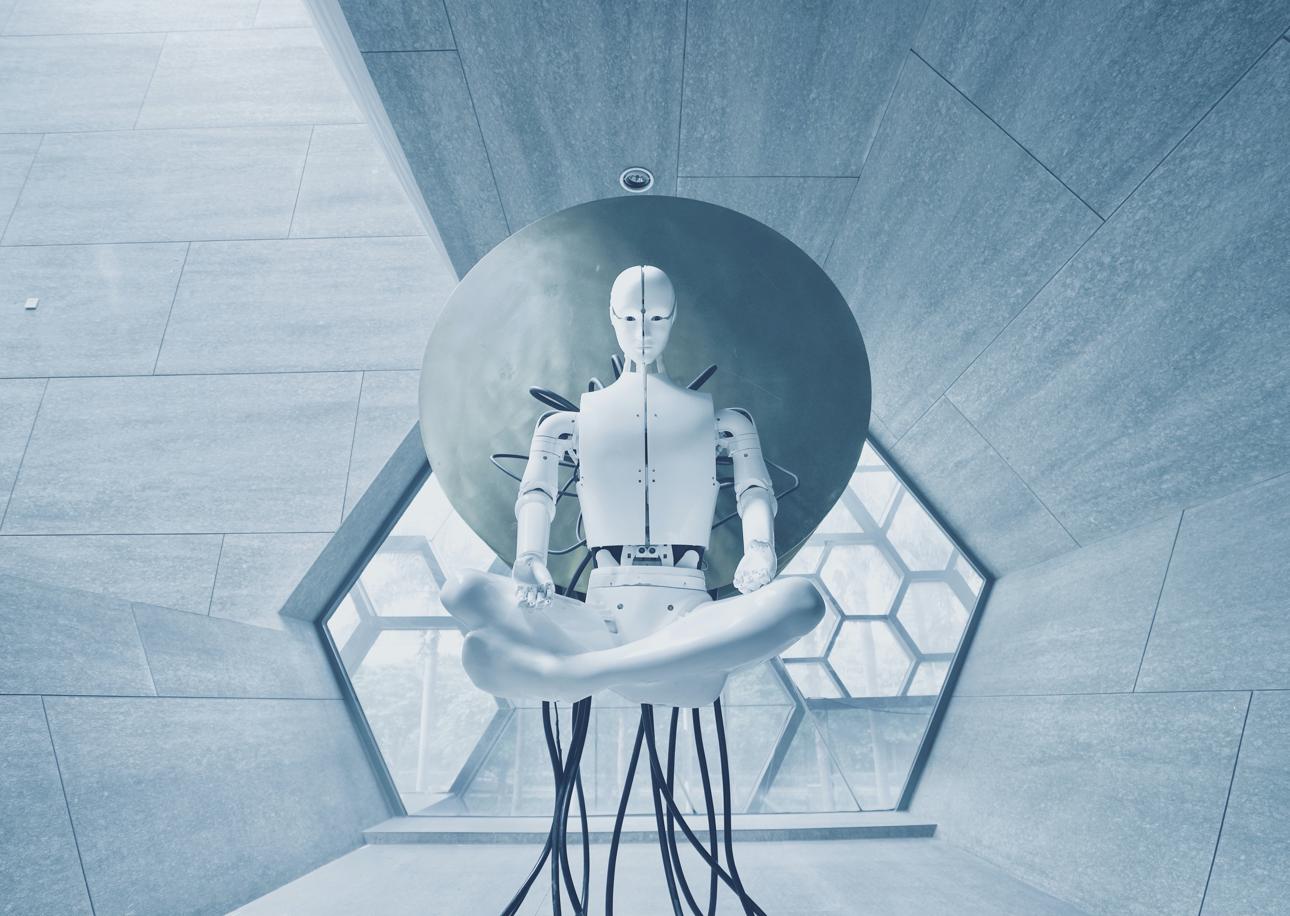A Peek into Thailand’s Hottest Star’s World: 10 Facts You Should Know About Freen
Get an exclusive peek into the world of Freen Sarocha: uncover 10 facts ...

Last month, Indian broadcasting network Odisha TV introduced a new anchor and the response was a diverse spectrum of opinions, ranging from calling her “groundbreaking” to labelling her as “mechanical” and “unfeeling.”
The channel’s leader, Jagi Mangat Panda, celebrated her debut as a “landmark moment in TV and digital journalism.” Regardless of individual viewpoints, it appeared that almost everyone had something to express about Lisa, Odisha TV’s inaugural AI newscaster.
Lisa had the responsibility of delivering news updates on digital platforms, presenting horoscopes, and furnishing weather and sports reports. Panda made clear that the main purpose behind employing an AI-powered anchor was to delegate repetitive tasks, so employees could focus more on the creative side of work.

Photo: Courtesy of Odisha TV’s YouTube Channel
However, the introduction of Lisa along with the rise of other newsbots has sparked a debate in India about the future of media in the most populous nation globally. This phenomenon finds reflection in various Asian markets, spanning from China to Southeast Asia, where artificial anchors are beginning to change the landscape of news broadcasting.
Artificial Intelligence presents a particularly powerful tool for connecting with audiences in a country as linguistically diverse as India, where hundreds of languages are spoken. Even before Lisa made her appearance on screens, the India Today Group, based in Delhi, had already unveiled India’s inaugural AI news anchor, Sana. Beyond delivering news in English, Hindi, and Bangla, Sana has also provided weather updates and co-hosted programs alongside other journalists in a staggering 75 languages.
The rise of AI anchors, driven by machine-learning algorithms that analyse news data, is transforming the media industry in India and other Asian markets. Moreover, they efficiently collect, categorise, and deliver news in multiple languages, making them a cost-effective solution for news channels.
While they process vast amounts of data rapidly they also reduce ego clashes common among human star anchors, and arguably what lends character to a channel. Critics also say that AI anchors lack the observational skills and human experience, potentially undermining media credibility due to their monotonous delivery and lack of human-like feelings.
Despite concerns about job displacement, many production companies emphasise that AI anchors are meant to complement human staff and enhance news consumption, particularly in multi-dialect countries like India. The adoption of AI in newsrooms is expected to grow, with a global survey revealing that nearly half of all newsrooms were already using AI tools. While fears of technology replacing humans are not new, history has shown that creative jobs, such as journalism, remain dependent on human innovation. For now, humans continue to play a vital role in the industry and are likely to contribute to its growth and innovation alongside AI technology.
Get an exclusive peek into the world of Freen Sarocha: uncover 10 facts ...
In a cinematic landscape saturated with remakes, reboots and sequels, you might ...
These top 5 barber shops in Bangkok are where gentlemen can elevate ...
While traditional TV shows are serving us endless boy-meets-girl tales. Thailand has ...
Pets, as cherished members of our families, deserve rights and protections that ...
The internet makeup obsession straight out of Bangkok’s streets! Thai makeup zeroes ...
Wee use cookies to deliver your best experience on our website. By using our website, you consent to our cookies in accordance with our cookies policy and privacy policy